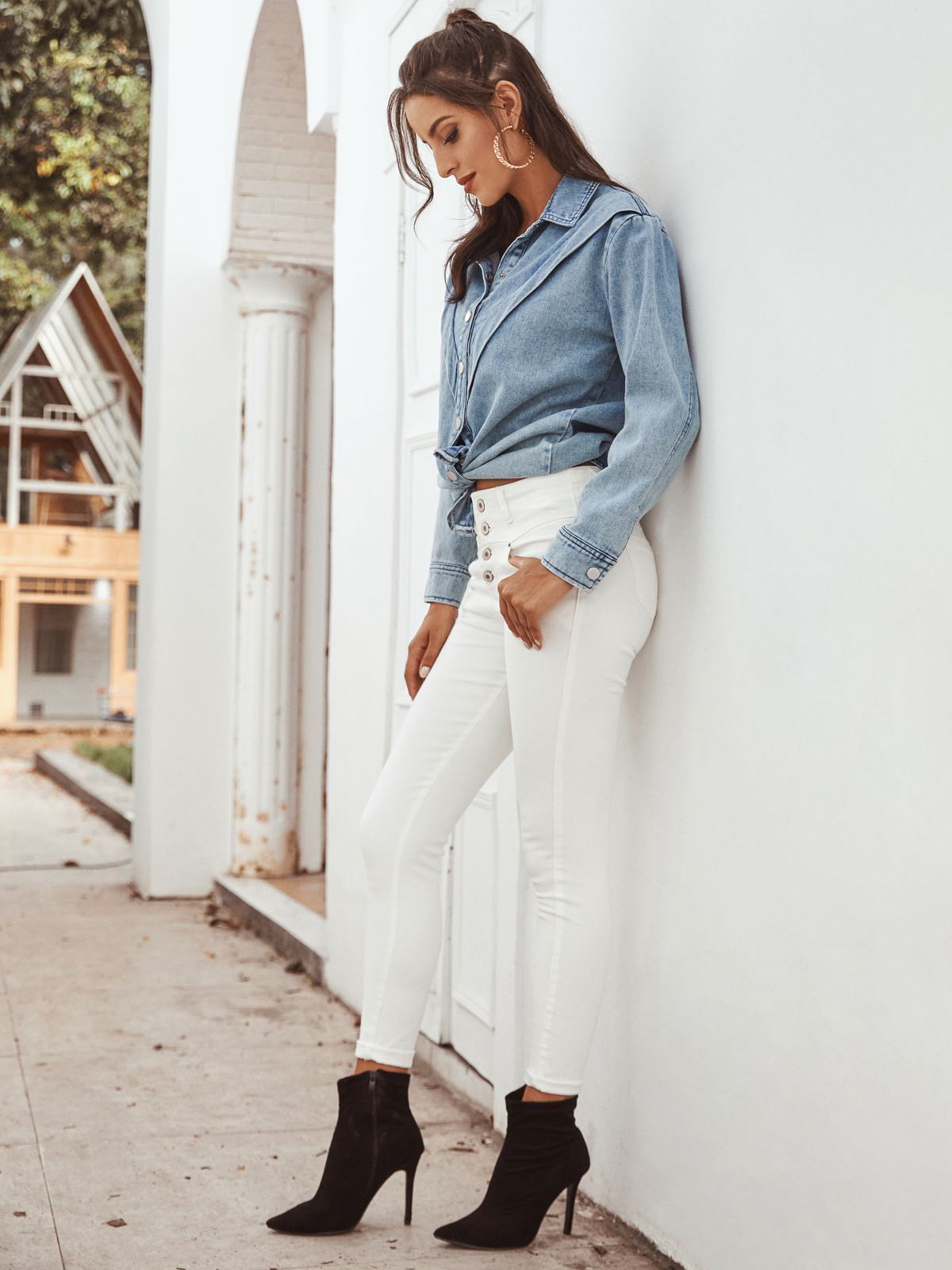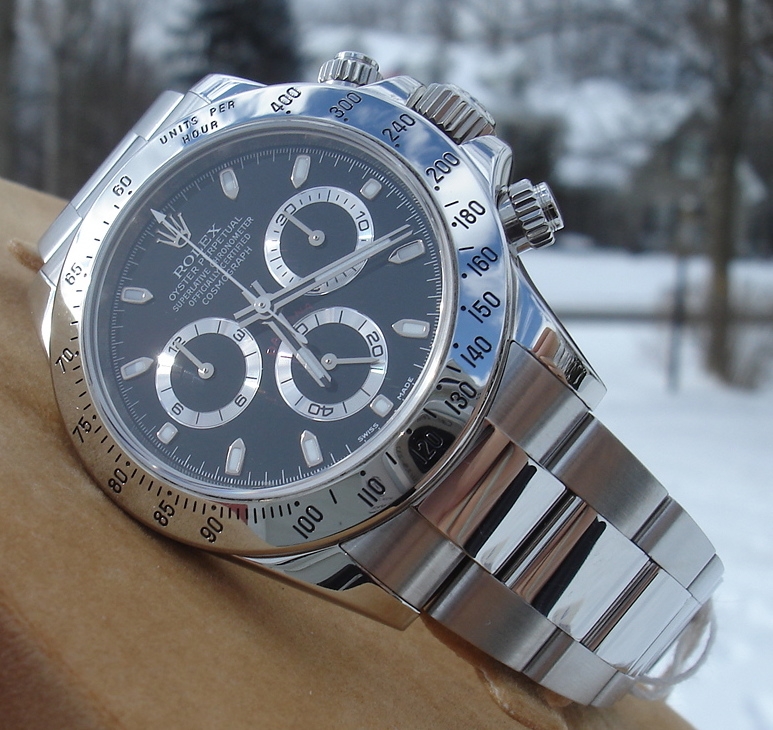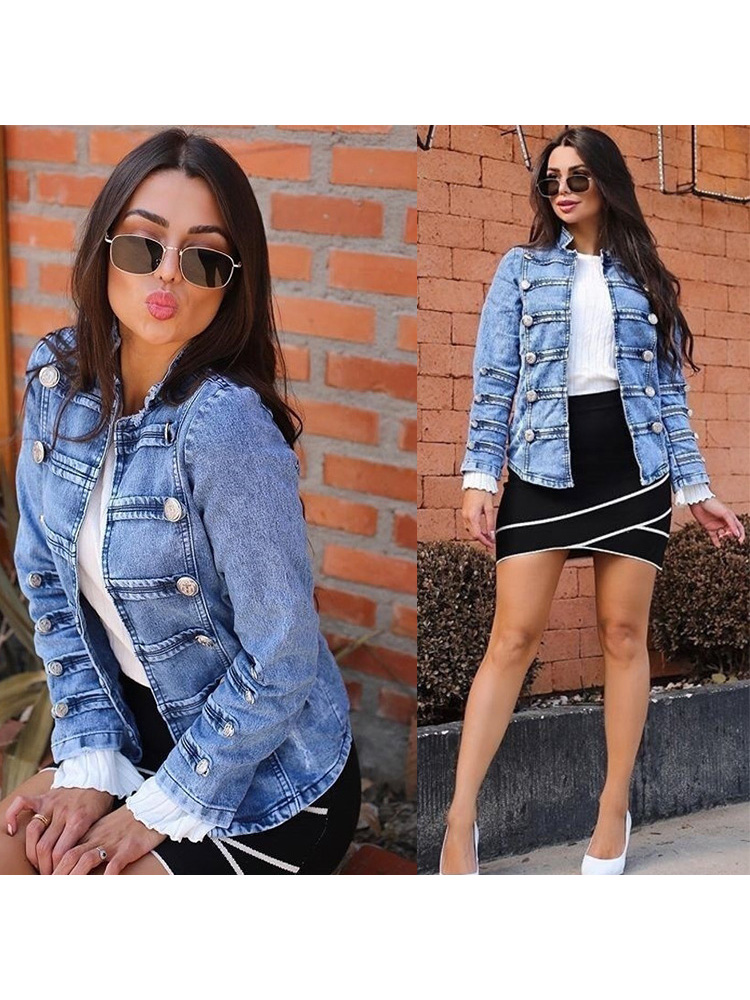You may remember my reviews of superhero romance novel Karma Girl and its sequel Hot Mama, and my previous interview with their author, Jennifer Estep. Hot Mama prompted more questions! If you have questions of your own, good news Jennifer has volunteered to answer them, and offers two copies of Hot Mama and one of Karma Girl as an incentive. All you have to do is ask a question to be in to win.
Hot Mama‘s Fiona ‘Fiera’ Fine is a very different character from the more mild-mannered Carmen, the star of your first book. Was writing from her perspective a different experience? Who do you like best?
It was a different experience because Fiona Fine is a lot more confidant and outspoken than Carmen Cole. I hate books (especially first-person ones) where it feels like you’re reading the exact same character again, just with a different name. So, I tried to make Fiona completely different and distinct from Carmen. I gave her a different personality, different powers, different quirks, likes, dislikes, etc.
I also gave Fiona a completely different perspective on superheroes. Fiona loves being a superhero she loves the perks, the attention, the superpowers. She likes being able to cook a pizza with her bare hands. Sure, it can be a drag having to run out on your date to save the city, but Fiona realizes it’s a small price to pay when people’s lives are on the line. Being a superhero is her job, and she enjoys it. That was a lot of fun for me to write.
Honestly, there are things I like about both characters Carmen’s attention to detail, her dogged determination, her bravery in the face of impossible odds, her massive T-shirt collection.
Then, there’s Fiona. I like a lot of things about her, too. She says and does exactly what she wants to, no matter what the consequences are. She’s not afraid of anything, and she’s not going to let anybody get the best of her. She’s Fiera, for crying out loud. The best superhero around. J
I found the way you engaged with body image in Hot Mama to be really interesting. Fiera, unlike other superheroes, doesn’t have to work on her body to keep model-fit, because her fiery metabolism burns off the massive amounts she has to eat every day so, of course, everyone in her civilian assumes she’s bulimic. Was this inspired by anything in particular?
I think we’ve all struggled with our weight and fitness at one point or another. Letting Fiera eat whatever she wanted to and never gain a pound was my own sort of wish fulfillment. Who wouldn’t love to be able to pig out on pizzas and burgers and fries without any consequences? Cheese fries are a particular weakness of mine. Sigh.
Except I started thinking there would be consequences. Instead of ‘with great power comes great responsibility,’ my thinking is ‘with great power comes great annoyance.’ Having superpowers would be really cool, but they’d also impact your life in good and bad ways. For my characters, I try to think about some of the bad consequences. Plus, it’s just fun to torture my characters. J
Fiona doesn’t eat so much because she loves food she eats because she has to in order to keep up her strength and, ahem, firepower. And there are plenty of downsides like her hefty grocery and restaurant bills. She spends thousands of dollars a week just on food. And Fiona says more than once that her eating so much grosses people out and puts a damper on her dates. So, there are social consequences as well.
As for the bulimic idea, what would you do if you saw a woman eating buckets of fries and dozens of burgers without gaining any weight? You’d think there was something wrong with her. But since this is Bigtime and a superhero send-up, people jump to the wrong conclusion instead of the more obvious one. Fiona must have an eating disorder, instead of being a superhero with a high metabolism. Sort of like Lois Lane always assuming Clark Kent was off polishing his glasses instead of being Superman.
Fiera’s fashions are bright, crazy designs, which read like they were a lot of fun to create. Do you have a favourite Fine fashion?
Hmm … this is a toughie. I suppose my favorite would have to be the ‘short, sleeveless, silver lame number with lots of cowgirl-like fringe in strategic places’ that Fiona wears to meet the Bullucis for dinner. Dazzling that borders on tacky I would so want to find a dress like that in real life!
But all the fashions were a lot of fun to come up with, and let me unleash my own inner designer a la ‘Project Runway,’ but without the judges’ bitchy comments. J
I really love your sex scenes I think they’re fun, hot and not weighted down with tiresome stereotypes about what good girls do and don’t. Author Tate Hallaway once said something along the lines of ‘You can tell it’s a feminist romance when he goes down.’ Would you agree?
Well, I write female characters who are just as strong, smart, self-sufficient, and screwed up as men. I really like to focus on the woman and her journey to find out what makes her strong and smart and special. Self-acceptance and embracing your inner superhero is a theme in my books, along with getting your dream guy. If that makes me a feminist, sign me up.
Women like sex just as much as men do whether they’re so-called ‘good girls’ or not. I’ve always wondered what makes people ‘good girls’ or ‘bad boys.’ What is it exactly? Leather jackets? Motorcycles? Knee socks and pigtails?
I’m not writing the next great American novel, and I don’t want to. I’m writing female-centric comic books campy, superhero fantasies. I want everything about the books, including the sex scenes, to be fun and sexy and entertaining. Writing the same old sex scene is boring for me, and I’m sure it would be boring for readers to slog through on the page. It’s a fantasy so why can’t there be chocolate whipped cream involved? J
You’ve said that you’ve taken care to make the cast of the Bigtime books diverse. Would you like to elaborate on that? Why is diversity important to you?
I do try to make the characters as diverse as possible and not just when it comes to race. I give them different nationalities, ages, jobs, body types, flaws, etc. I think diversity is important because the real world is diverse we don’t all fit into those cookie-cutter demos that advertisers love. We all have our own strengths and hang-ups, and I try to make my characters and world as well-rounded as possible, amid all the brightly colored spandex and over-the-top action. Basically, I want anyone to feel like they can be a hero or villain (or at least relate to them) when they pick up one of my books.
So, I’ve got folks like Henry Harris (African-American technology reporter and superhero); Lulu Lo (Asian computer hacker and information trader); and Piper Perez (Hispanic chief financial officer and superhero fangirl).
There are fashion designers (Fiona Fine and Bella Bulluci); journalists (Carmen Cole); event planners (Abby Appleby); businessmen (Sam Sloane); cops (Chief Sean Newman); and restaurant owners (Kyle Quicke).
There are middle-aged men and women (Berkley Brighton and Joanne James) and seventy-something men (Bobby Bulluci).
Irish folks (Fiona Fine and Chief Newman); Greek folks (the Bullucis); Southern folks (Carmen Cole); and Northern folks (Sam Sloane).
People with money (Sam Sloane) and people who work for a living (Carmen Cole).
Cool, buff superheroes (Fiera and Striker) and geeky, out-of-shape superheroes (Halitosis Hal and Pistol Pete). Smart villains (Frost and Intelligal) and not-so-smart villains (Scorpion and Siren). Aging superheroes (Granny Cane) and young villains (the Tween Terrors).
The one thing I’m pretty consistent about is that everyone has a college education, works, and supports themselves (even the villains). Because I think that’s an important message to send.
I know I’ll never make everybody happy when it comes to diversity or the books in general no writer can do that. But I do my best. That’s all I can do.
The heroes of Bigtime seem almost as concerned about their merchandising as they are about saving the world. If there was to be a collectable made out of the story of your life, what would you like it to be?
Great question! Hmm … all right, I’m going to have to tell you two things because I just can’t decide. I’d love to have my own Pez dispenser, either of me or some of my characters.
The other thing that would be cool would be a bobblehead doll, but with clothes/accessories you could put on it, sort of like a Mr. Potato Head. That would be really great for my superhero characters and show both sides of their personalities.
Now I really want these! A girl can always dream …
You’ve written that you ‘don’t like stories about people, especially women, being victimized’, of which there are sadly a surfeit in superhero stories. What would you like to see more of in superhero fiction in relation to women?
I’d like to see more realistic depictions of women who aren’t superheroes. You don’t have to have the power to shoot lasers out of your eyes to be strong or worthy of being a hero. I’d like to see more women who consistently do normal, rational things, like use their cell phones to call the cops and not walk down dark, deserted alleys by themselves late at night. More smart, professional, college-educated women of all ages, ethnicities, and sizes. And I’d love to see more superheroines who don’t have any powers (a la Green Arrow), but go out and kick ass anyway because they want to make the world a better place.
I’d also like to see a really good female villain. Somebody who is not maniacally crazy or otherwise a head case. A female villain who knows what she wants and is determined to get it no matter what. Someone who is smart and capable and ruthless because she wants to be not because something in her past (abuse, murdered parents, etc.) made her that way.
And the angst. I think everybody, even the male characters, needs to tone down the angst a bit. You guys all have superpowers, cool costumes, and immunity from prosecution for destroying public property. Enjoy it a little!
But maybe the thing I’d like to see the most are more realistic body types, especially when it comes to women. I know I’m banging an old drum here, but most of the women in comic books would put the buffest supermodel to shame. And some of them are scary, especially the ones with the ripped thighs that look like tree trunks. Creepy, not sexy. And I swear Wonder Woman’s costume gets skimpier every time I read a new issue. She’s going to need a Brazilian wax before long!
And the boobs. Can we please get rid of the big, bazooka boobs so many of the women have? Those women would tip over in real life! They’re just boobs. Every other person has them. Get over it, guys.
The third Bigtime book, Jinx, is due to be released in 2008. Would you like to tell us a little about that? What else is on your writing to-do list?
Well, my publisher plans to re-release Karma Girl and Hot Mama in mass market paperback form in July and August, and then Jinx will hit shelves on Sept. 2, also in paperback format. So, folks can catch up on the series all at once.
Jinx is about Bella Bulluci, a fashion designer and wannabe artist. Bella’s superpower is luck, which manifests as a form of static electricity. (Which means Bella has very big, Einstein-like hair). Since luck can be good or bad, for every good thing that happens to Bella, so does something bad or at least awkward and embarrassing. Like finding the last seat in a crowded movie theater, but sitting down in a puddle of soda.
Bella hates her power especially since it gets her mixed up with Debonair, a suave art thief. Also, there are two new ubervillains Hangman and Prism, who are determined to steal a priceless sapphire from a museum for their own nefarious purposes. Danger and explosions follow. J
I’m also working on the fourth Bigtime novel, titled Nightingale. That one will be about Abby Appleby, an event planner whose supersenses drive her super-crazy.
And I’ve also finished two new urban fantasy books, which I hope to turn into series.
The first book is called Live & Let Spy, and it’s about Abby Tome, a Druid who’s forced to become a spy to stop a ring of magical terrorists. It’s not quite as over-the-top as my Bigtime novels, but it’s still a bit of a spy spoof and a lot of fun. Think the TV show Charmed crossed with the James Bond movies. In addition to being a superhero fan, I’m probably the biggest James Bond fangirl around. Then again, Bond is really just a different kind of superhero, isn’t he? J
The second urban fantasy book is called Gin on the Rocks. It’s about Gin Snow, a professional assassin who gets double-crossed and framed for a murder she didn’t commit (for a change). But Gin is one cool customer, especially since she’s can control the elements of ice and stone. Gin on the Rocks is darker and grittier than what I usually write and set in the South, so it has sort of a Southern Gothic vibe. But I think fantasy fans will enjoy it, especially folks who like kick-ass heroines.
I’ll be posting more info and some chapters from both books on my Web site soon. So, check out www.jenniferestep.com for more. Until then, happy reading!





